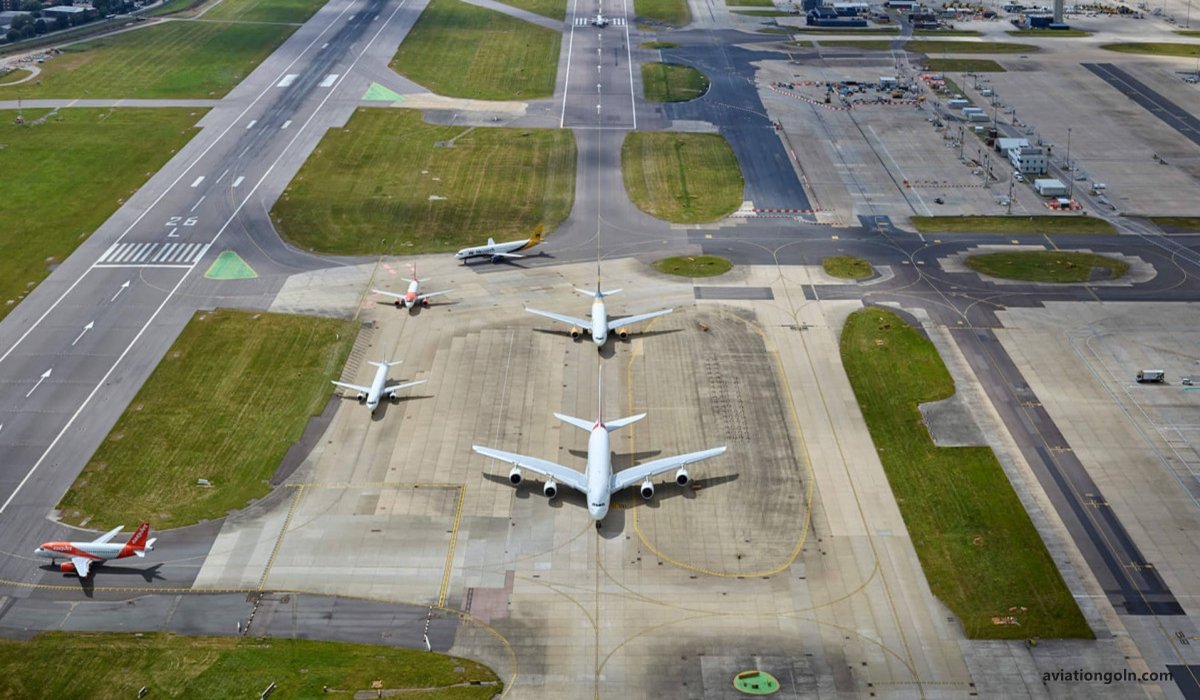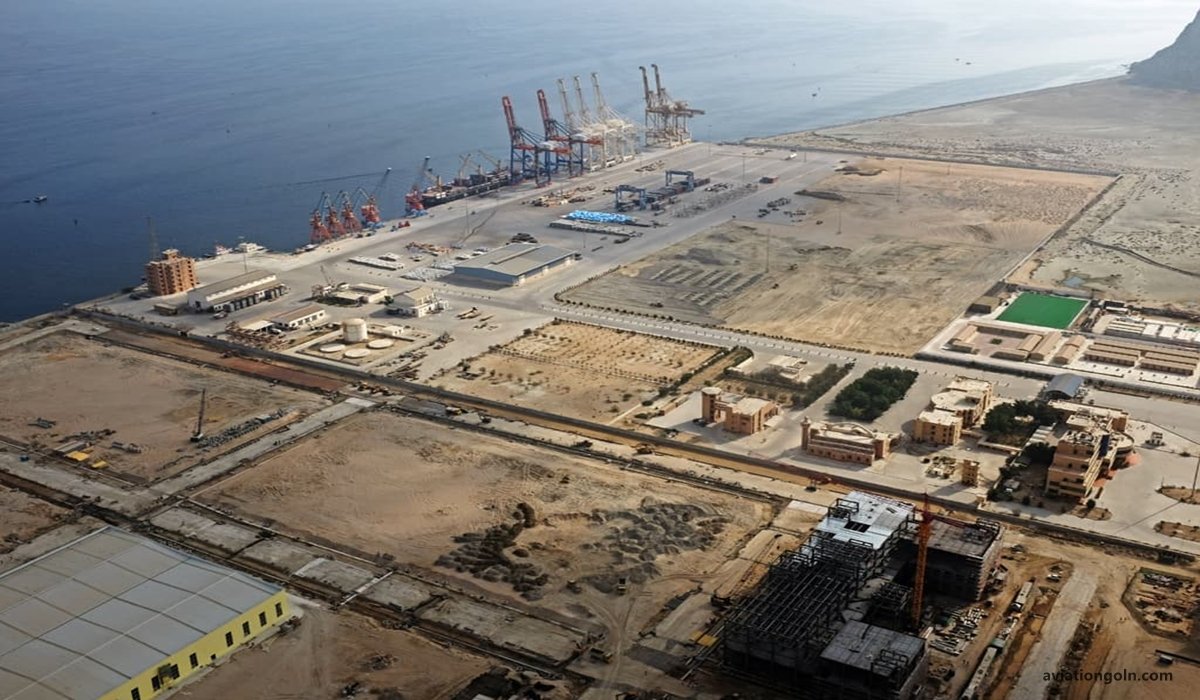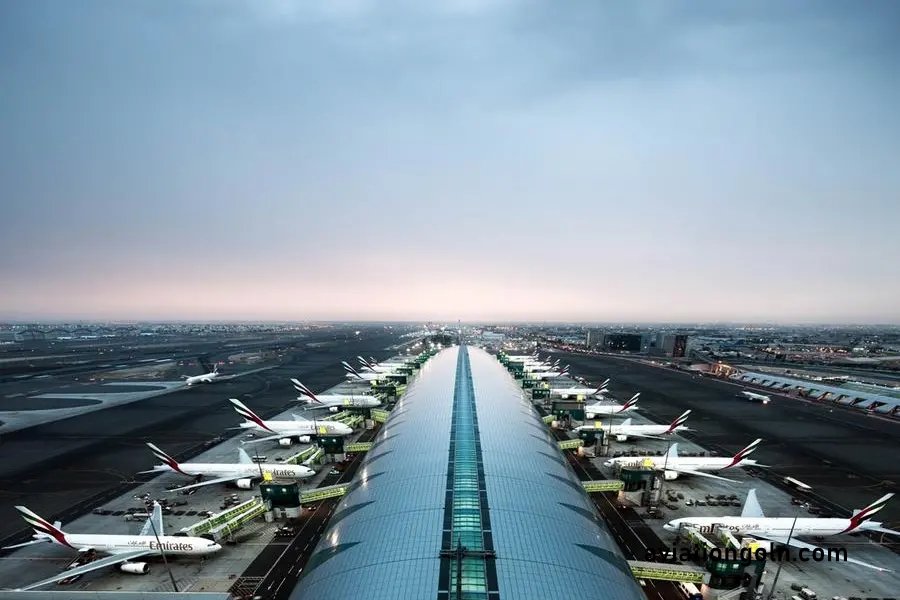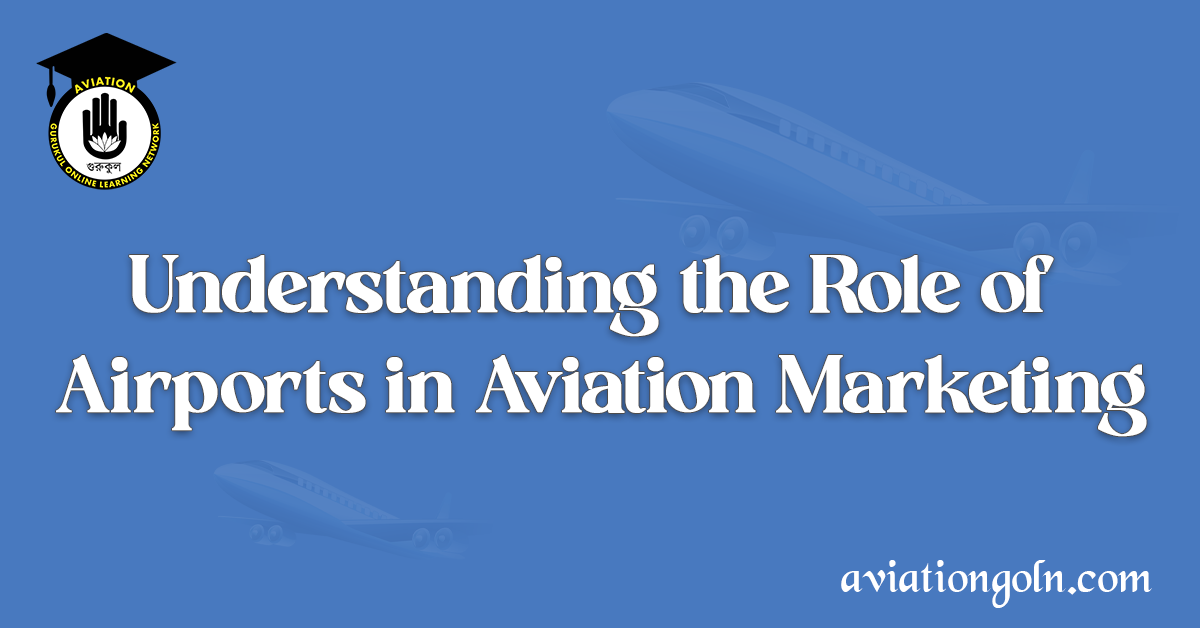Understanding Airport Stakeholders, Airports, as complex microcosms of the aviation industry, have a diverse range of stakeholders that play crucial roles in its operations, management, and evolution. The term ‘stakeholder’ encompasses any individual, group, or organization that has an interest or is affected by the operations and decisions of the airport. Understanding these stakeholders and their interests is paramount to ensuring an efficient, harmonious, and profitable airport operation.
Understanding Airport Stakeholders
Overview of Airport Stakeholders
Airport stakeholders can broadly be categorized into:
- Internal Stakeholders: Those directly involved in the airport’s operations and management.
- External Stakeholders: Entities or groups outside the airport’s organizational structure but are affected by its operations.

Internal Stakeholders
a. Airport Management and Staff
This group includes the airport’s executive leadership, administrative personnel, security teams, and maintenance crews. They are directly responsible for the day-to-day functioning of the airport, from ensuring passenger safety to maintaining the infrastructure.
b. Air Traffic Control (ATC)
ATC ensures the safe movement of aircraft within airport airspace and on the ground. They coordinate aircraft takeoffs, landings, and taxiing, ensuring no collisions occur and that traffic flows smoothly.
c. Ground Handlers
These teams manage various aspects of aircraft ground operations, from baggage handling and aircraft refueling to cabin cleaning and catering services.
d. Airport Tenants
This category includes airlines, retail shops, restaurants, car rental agencies, and other businesses that operate within the airport’s premises. They contribute to the airport’s revenue and play a role in the overall passenger experience.

External Stakeholders
a. Passengers
Arguably the most important stakeholders, passengers are the primary customers of the airport’s services. Their experience, safety, and satisfaction directly influence an airport’s reputation and profitability.
b. Airlines
Airlines collaborate closely with airports to facilitate their operations. Their schedules, requirements, and feedback can significantly impact airport operations and planning.
c. Regulators and Government Entities
Airports must adhere to regulations set by aviation authorities, both local and international. These might include the Federal Aviation Administration (FAA) in the U.S. or the European Union Aviation Safety Agency (EASA) in Europe. These bodies ensure that airports maintain safety, security, and environmental standards.
d. Local Communities
Airports can have significant effects on nearby communities. This includes economic benefits from job creation and tourism, but also potential negatives like noise pollution or environmental concerns. Engaging with local communities is crucial for maintaining a positive relationship and addressing any concerns.
e. Environmental Groups
As concerns about the environment and sustainability grow, these groups monitor and often challenge airports’ environmental policies, ensuring they adopt sustainable practices.
f. Suppliers and Contractors
From construction companies to IT vendors, these stakeholders provide essential services and products that keep the airport running smoothly.
g. Investors and Financial Institutions
For publicly traded or privately financed airports, investors and lenders play a crucial role. Their interest lies in the airport’s financial health and its potential for growth and profitability.
h. Media
The media, whether local news outlets or international aviation publications, play a role in shaping public perception about an airport. Their reports can influence passengers’ choices, government policies, and even stock prices for publicly traded airports.

Balancing Stakeholder Interests
Given the diverse range of stakeholders, their interests can sometimes conflict. For instance:
- Airlines might push for lower landing fees to maintain profitability, while airports need revenues to fund operations and expansions.
- Local communities might raise concerns over noise pollution, while airlines and airports look to increase flight schedules to cater to rising passenger numbers.
It’s a delicate balancing act, and successful airport management often involves finding compromises that cater to the majority of stakeholder interests while ensuring safety, profitability, and sustainability.

The Role of Communication
Open, transparent, and timely communication is the key to managing stakeholder relationships. This might involve:
- Regular consultations with airlines and tenants about potential changes.
- Community outreach programs to address local concerns.
- Environmental impact reports to address sustainability issues.
- Investor briefings to update on financial and strategic developments.

Airports are hubs of activity that serve diverse and sometimes conflicting interests. Understanding and managing these interests is crucial for airport managers and policymakers. By recognizing the roles and concerns of each stakeholder, airports can pave the way for smoother operations, more satisfied passengers, and a harmonious relationship with the broader community. As the aviation industry continues to evolve in the face of challenges like the COVID-19 pandemic or environmental concerns, effective stakeholder management will become even more critical to an airport’s success.
